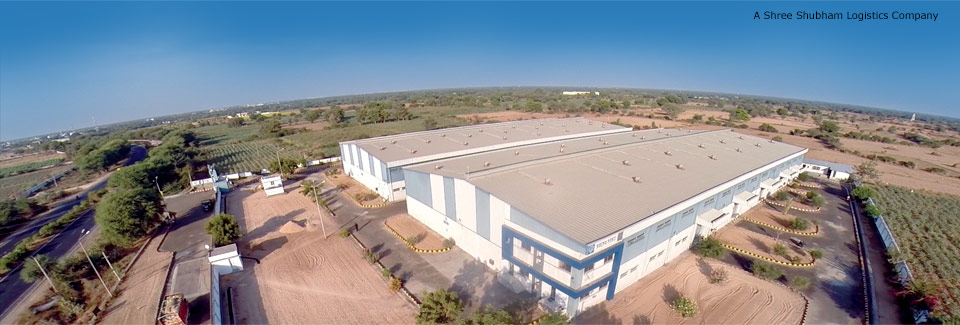India: A thriving eco-system for a future of growth
Bestowed with one of the largest arable land (1.7 million square kilometres) in the world, 15 agro-climatic zones and 46 out of known 60 soil types, India has one of the finest condition for agricultural production. Agriculture forms a crucial part of Indian economy. Although, like other developing countries, the share of agriculture and allied sector in Indian GDP is less (17%), the dependency on this sector can easily be construed by the fact that the sector provides employment to about half of the country’s population.
With the development in agricultural technology, both production and productivity of the agricultural commodities have improved over time. According to sources, Indian agriculture has witnessed an overall production growth of about 21 % in cereals, 31 % in pulses and about 32% in oilseeds in last five years (2013-14 over 2009-10) with an annual yield growth rate of 2.5%, 3.8% and 2.2% respectively.
This has led to an increase in requirement for well-equipped modernised warehouses to maintain proper quality of the stored commodities in the current growing quality conscious society. However, storage of commodities in warehouses lead to blockage of working capital, which ultimately hampers the growth of the business. One of the solutions to this problem is Agricultural Commodity Financing, which unlocks the business potential of different market players in agriculture sector. It attempts to provide short term liquidity solutions to market entities by providing credit against agri-commodities stored in warehouses or tradeable e-lots on electronic trading platforms.
Agricultural Commodity Finance is a rapidly growing sector. As per CRISIL, the post-harvest agriculture finance has grown with an annual rate of 20% in the past decade and it is expected to grow at 15% in next five years to reach total market size of Rs 720 billion from Rs 350 billion in 2014-15. Commodity finance accounts for about 80% of the total post-harvest agricredit amounting to around Rs 280 billion in 2014-15. Non-Banking Finance Companies (NBFCs) forms only about 1.5% of the total commodity finance while rest of the credit facilities are extended by banks. However, considering low penetration level of banks in rural areas and their stringent credit terms, there is a huge untapped growing opportunity for NBFCs to cater.

